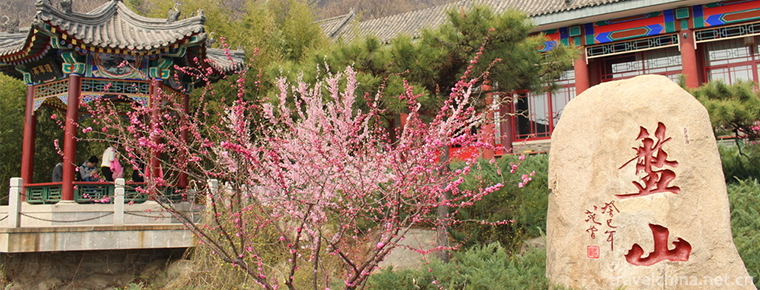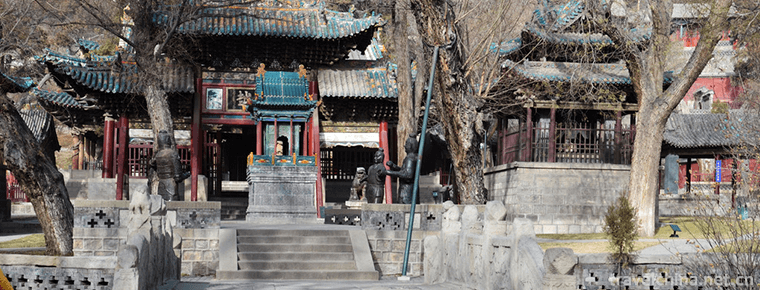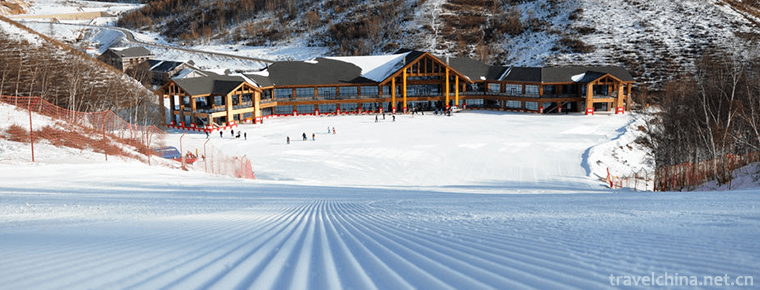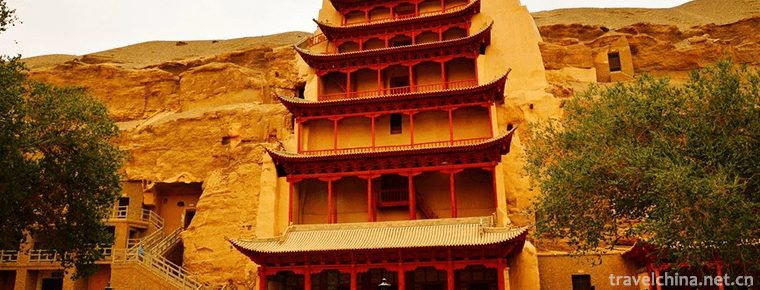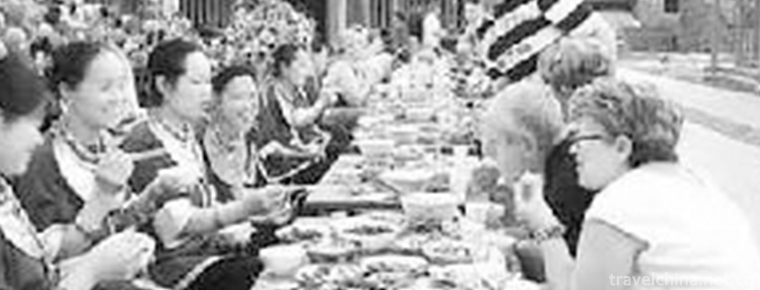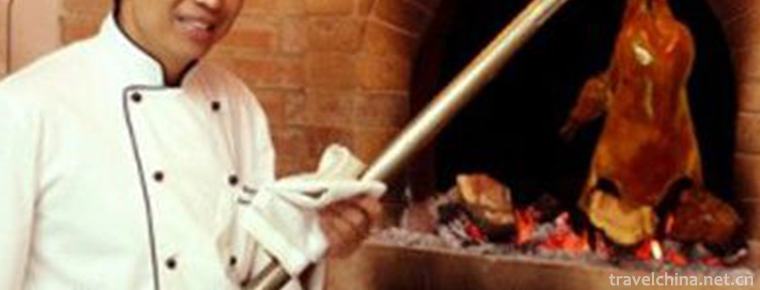Shajiabang Yushan Shanghu Tourist Area
Shajiabang Yushan Shanghu Tourist Area is located in Changshu, a famous historical and cultural city in the south of the Yangtze River, which is rich in "the land of fish and rice". The tourist area relies on the landscape culture of the south of the Yangtze River and integrates humanities, ecology and leisure. Yushan Mountain is a national forest park. It was named after Yu Zhong, the ancestor of Wu area, who was buried there during Shang and Zhou Dynasties. It is an important birthplace of Wu culture in China. Shanghu Lake is closely related to Yushan Mountain. It is named after Jiang Shang (Jiang Taigong) who lived and fished here in seclusion at the end of Shang Dynasty. Wetlands are all over the lake and herons fly. It is the best eco-leisure tourism Lake in China. Shajiabang is famous for Peking Opera Shajiabang. It has formed revolutionary traditional education area, Hongshi Folk Culture Village, Hengjing Old Street, Wetland Park and other scenic spots. Red education tour, green ecological tour, golden delicacy tour, film and television culture tour are well-known at home and abroad.
On April 11, 2013, the National Tourist Scenic Area Quality Grading Committee formally approved Shajiabang Yushan Shanghu Tourist Area to become a national 5A tourist attraction.
Shajiabang Yushan Shanghu Tourist Area includes 2 Shajiabang Yushan Shanghu Tourist Area, 1 National Historic and Cultural Town, 10 Cultural Protection Units above the provincial level, and 5 intangible cultural heritages. Shajiabang Yushan Shanghu Tourist Area attaches great importance to the development of leisure industry, constantly expands the development and construction of infrastructure, and pays attention to strengthening internal management and accelerating the improvement of tourism service quality. Especially since the National 5A Scenic Spot was founded in 2009, it has been strictly adhered to.
The management standards and requirements of 5A-level tourist areas aim at the goal of national tourist resorts, and start with self-construction and development to promote the healthy, benign and sustainable development of scenic spots. Shajiabangyushan Shanghu Tourist Area further expands the development space of tourism industry around the strategic goal of building a "city of landscape culture and quality of life", with high starting point planning and high standard construction; with harmonious ecology as its characteristic, with refined humanistic environment as its individuality, and with noble leisure function as its support, it further enlarges funds. Invest in the integration of resources and build brand.
Shajiabang Yushan Shanghu Tourist Area has won the honors of 10 charming eco-leisure lakes, patriotic education base, National Wetland Park and provincial eco-tourism demonstration area in Jiangsu Province. It has fully realized the tourism infrastructure matching, landscape, cultural elements allocation, tourist attraction and carrying capacity of the tourist area as a whole. Upgraded, and successfully launched a series of tourism and cultural brands, such as "Shajiabang Tourism Festival", "Shanghu Peony Flower Festival", "Shanghu Beer Festival", "Yushan Baoyan Bayberry Festival", "Aqingfu Folk Customs Tourism Festival".
Shajiabang Yushan Shanghu Tourist Area won the "Scenic Area Management Innovation Award" at the 3rd "China Leisure Innovation Award" award ceremony in 2013.
Shajiabang Tourist Resort is a national demonstration base of patriotism education, a hundred classic red tourism scenic spots, a national AAAA-level tourist area, a national wetland park, a national defense education demonstration base, an ecological civilization education base in Jiangsu Province, and a self-driving tour base in Jiangsu Province. In 2009, it set a new record of self-driving tour in Guinness.
The scenic spots pursue natural ecology and wild interest, and create the "forest park" in the water town. Different plots form the spring, summer, autumn, winter and Wanzhu Island. At the same time, they pursue the artistic conception of "reed blooming, rice fragrance, bank willow traveling". Greening and reed constitute a harmonious natural ecological landscape. Peach red, willow green, lotus root fragrance in summer, apricot forest in autumn, snow melting Luhua in winter, picturesque four seasons. Above the green waves, there are whistles and fishing songs; among the green bushes, birds are gentle and reeds are fragrant, showing the original water features. In addition, the unique Dragon Boat Race, Folk Customs Exhibition, Kite Performance, Jiangnan Wuge Festival and other activities also reflect the deepening cultural connotation of Shajiabang.
The story of visiting Shajiabang launched by the scenic spot traces the traces of Aqingwei and Guo Jiangguang and receives the "Red Educational Tour" of patriotic education; forgets the noise of the city and breathes the fresh green air; tastes the hairy crabs of Yangcheng Lake and enjoys the "Golden Food Tour" of the artistic conception of "holding cheese to appreciate chrysanthemum and singing to wine". Walking around the ancient town of Shajiabang, tasting the romantic and nostalgic "film and Television Cultural tour", enjoying a good reputation in the tourism market with its unique charm.
The main attractions are: Zhaobi, Dongjinqiao, Changshu Legal Education Center and Clean Government Education Center and Anti-drug Education View, Yanyan Square, Shajiabang Revolutionary History Education Hall, Hongshi Folk Culture Village, Yacht Wharf, Reed Labyrinth, Labyrinth Vegetable Garden, Hengjing Old Street Film and TV Base, Reed Flower Village, Context Flow, National Defense Education Garden.
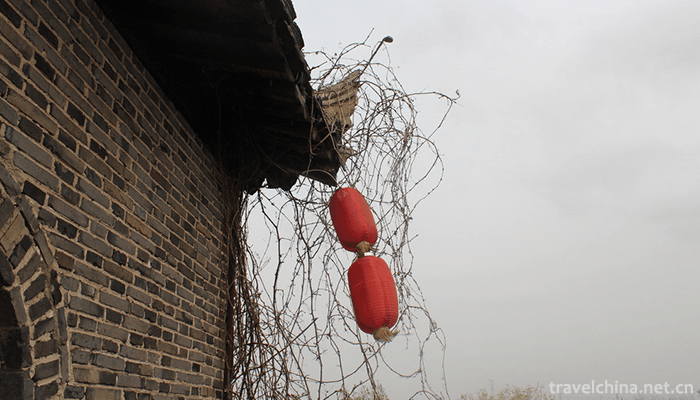

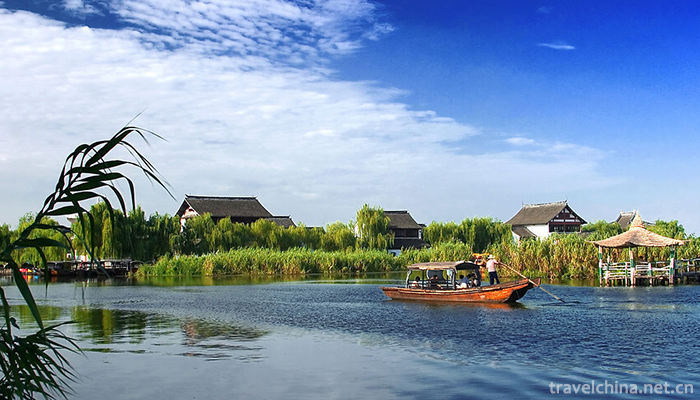
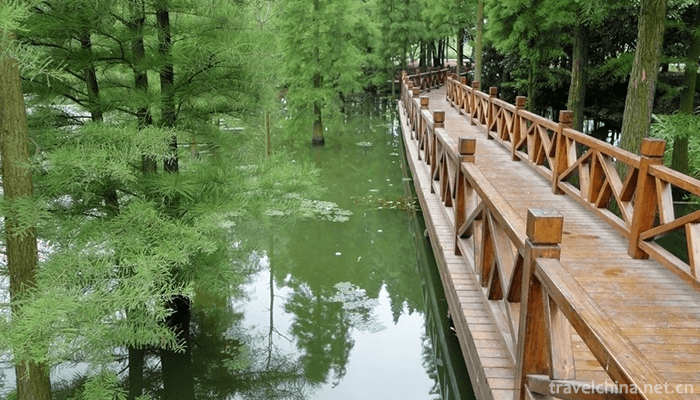

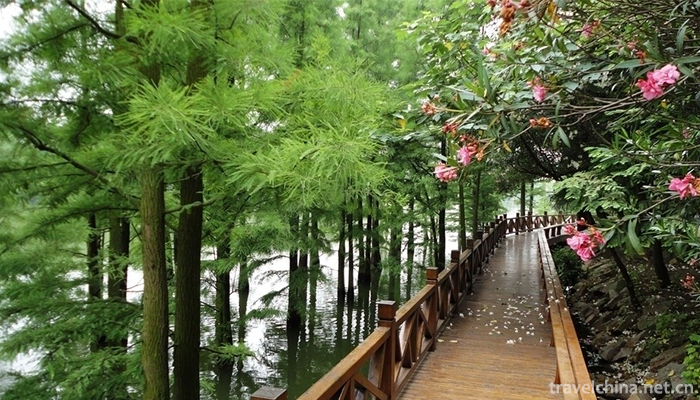
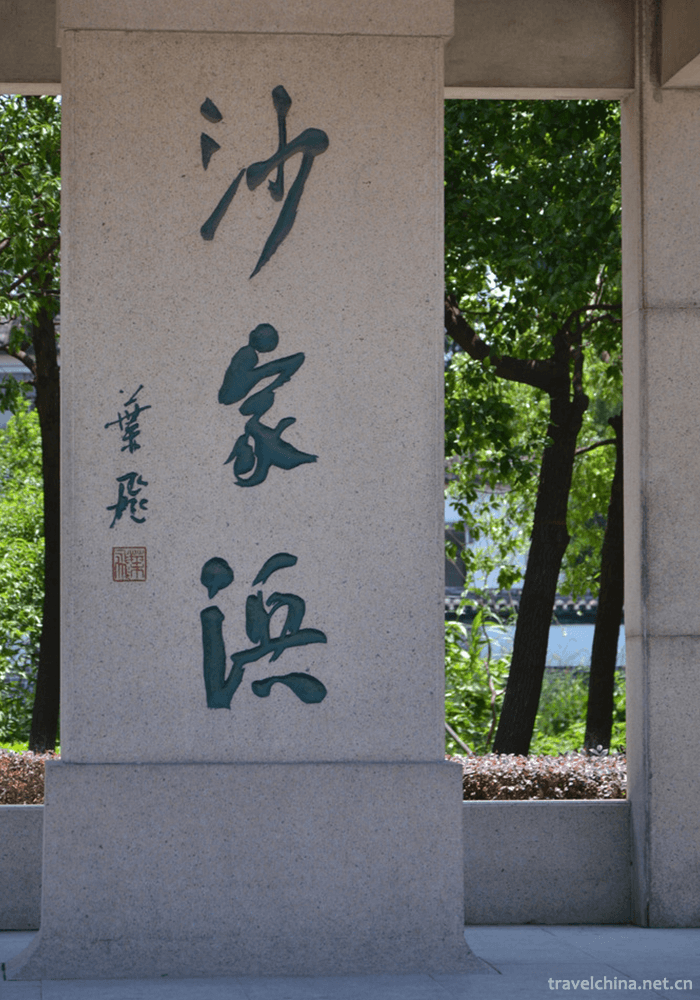

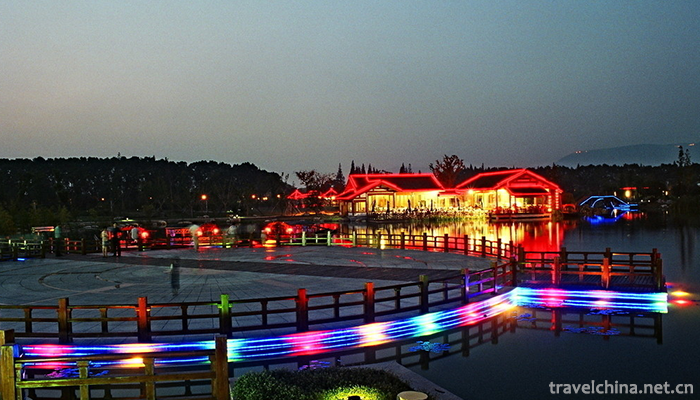
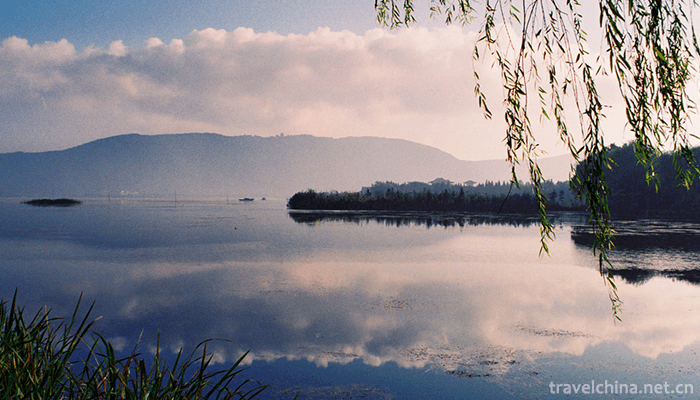
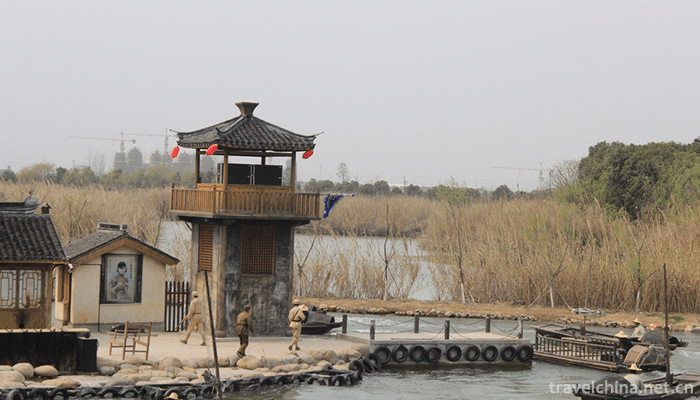
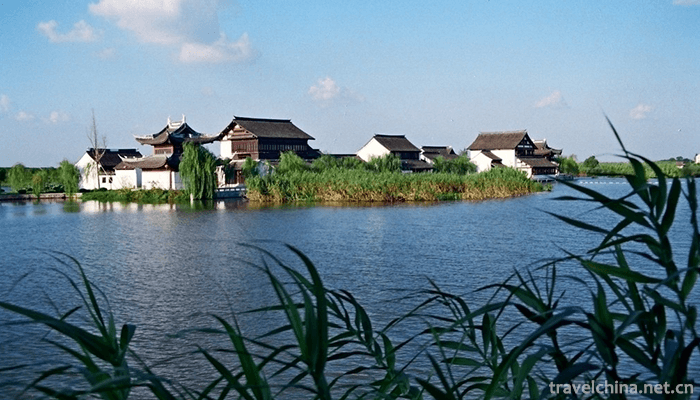
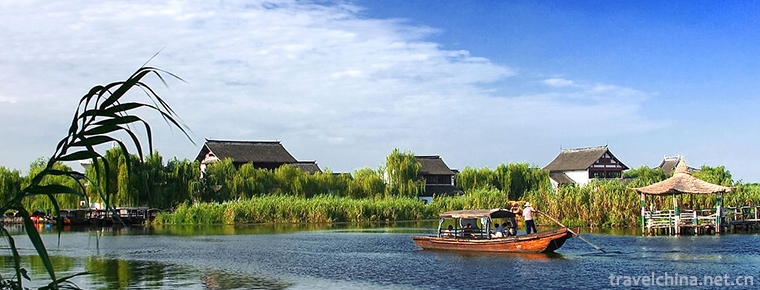
Shajiabang Yushan Shanghu Tourist Area
-
Tianjin Panshan Scenic Area
Tianjin Panshan Scenic Area, located 15 kilometers northwest of Jixian County, Tianjin City, covers an area of 106 square kilometers
Views: 226 Time 2018-11-24 -
Jin Memorial Temple
Jinci Temple is located in Jinci Town, Jinyuan District, Taiyuan City, Shanxi Province. It was originally called Jinwang Temple and was first named Tang Shuyu Temple.
Views: 154 Time 2019-01-29 -
Miyuan Yunding Paradise
Miyuan Yunding Paradise Park is located in Chongli District, Zhangjiakou City, Hebei Province, 220 km from Beijing, only 50 minutes after the completion of the high-speed railway
Views: 178 Time 2019-02-07 -
Ming Xiaoling Mausoleum
The Ming Xiaoling Tomb is situated at the south foot of Zijinshan Mountain in Xuanwu District, Nanjing, under Dulongfu Playing Pearl Peak. It is adjacent to Zhongshan Tomb in the East
Views: 185 Time 2019-02-07 -
Mogao Grottoes
Mogao Grottoes, commonly known as Thousand Buddha Caves, are located in Dunhuang at the western end of Hexi Corridor. It was built in the pre-Qin period of the Sixteen Kingdoms.
Views: 283 Time 2019-02-07 -
Dong medicine
Dong medicine is a bright pearl in the treasure house of Chinese medicine. The Dong people living in mountainous areas for generations have accumulated experience in treating various diseases and form
Views: 111 Time 2019-04-27 -
Ewenki reindeer custom
Ewenki reindeer, also known as Ewenki hunters (mainly according to their professional characteristics and different from other Ewenki), are part of the Ewenki people. They migrated over 300 years ago
Views: 182 Time 2019-04-28 -
Roast duck skills
Quanjude hanging oven roast duck is a local traditional handicraft in Beijing. Quanjude Roast Duck Restaurant, a well-known old Chinese brand in Beijing, was founded in 1864 by Yang Quanren.
Views: 208 Time 2019-05-08 -
Shaoxing Xuanjuan
Shaoxing Xuanjuan is a traditional rap art with religious color, which is mainly used to worship gods and pray for blessings. Since Tang Dynasty, it has developed into folk art in Qing Dynasty. The So
Views: 198 Time 2019-06-14 -
Beijing University Of Technology
Founded in 1960, Beijing University of Technology is a multi-disciplinary municipal key university with a combination of engineering, science, economics, management, literature, law, art and education
Views: 351 Time 2019-09-06 -
Music that Ding Zhen likes
Zhaxi Dingzhen (Chinese Name: Ding Zhen), Tibetan, lives in Litang County, Ganzi Prefecture, Sichuan Province.
Views: 264 Time 2020-12-07 -
Guangan primary industry
In 2019, the sown area of grain in Guang'an City is 287000 hectares, and the total grain output is 1.8 million tons, an increase of 1000 tons or 0.04%. Among them, the rice output was 1.047 million tons, down 0.4%; the corn output was 448000 tons, an incre
Views: 186 Time 2020-12-19
